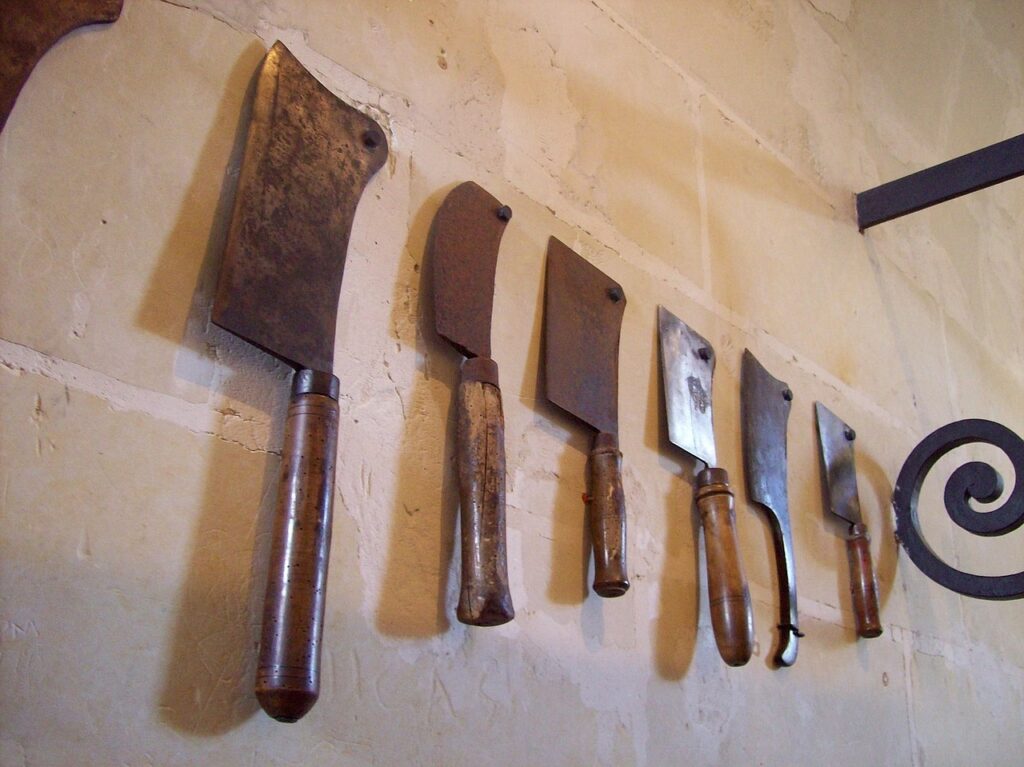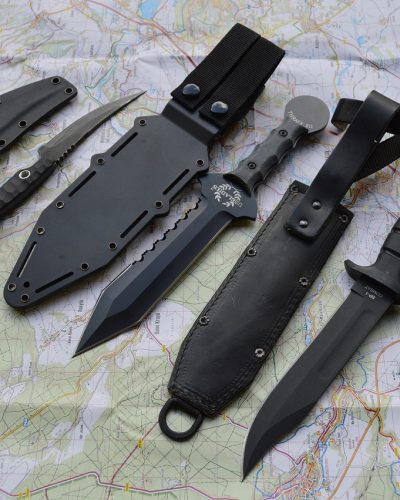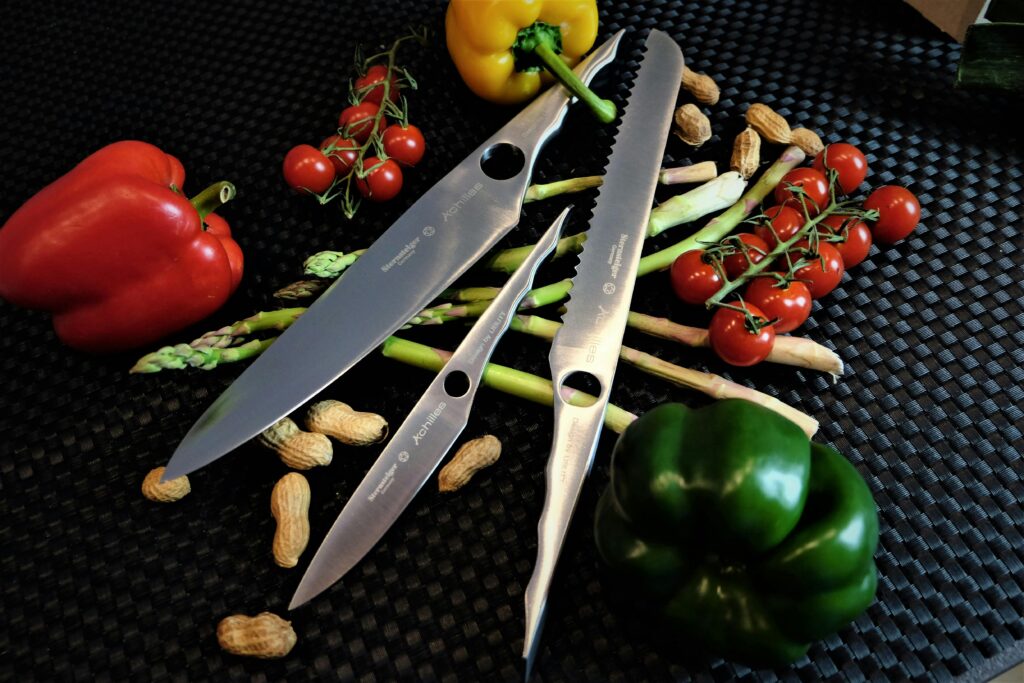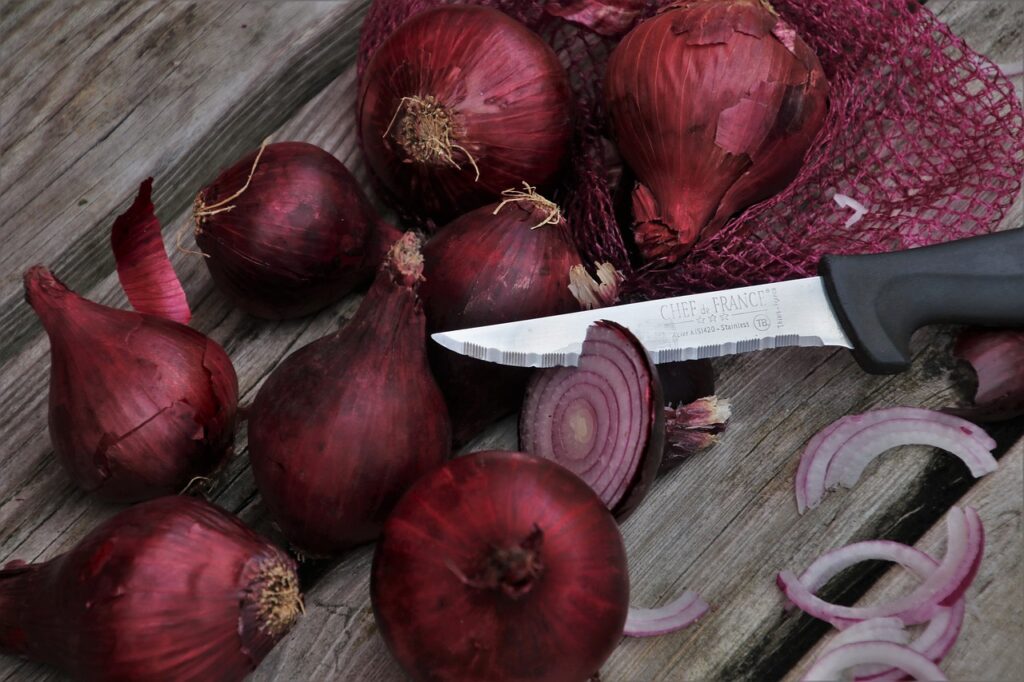
High-carbon
High-carbon steel blades are profoundly respected by proficient culinary experts because of their extraordinary sharpness and edge maintenance. They contain a higher level of carbon than tempered steel, which gives them their extraordinary properties.
Jeridnimo Geronimo
Whitero CEO, USA



